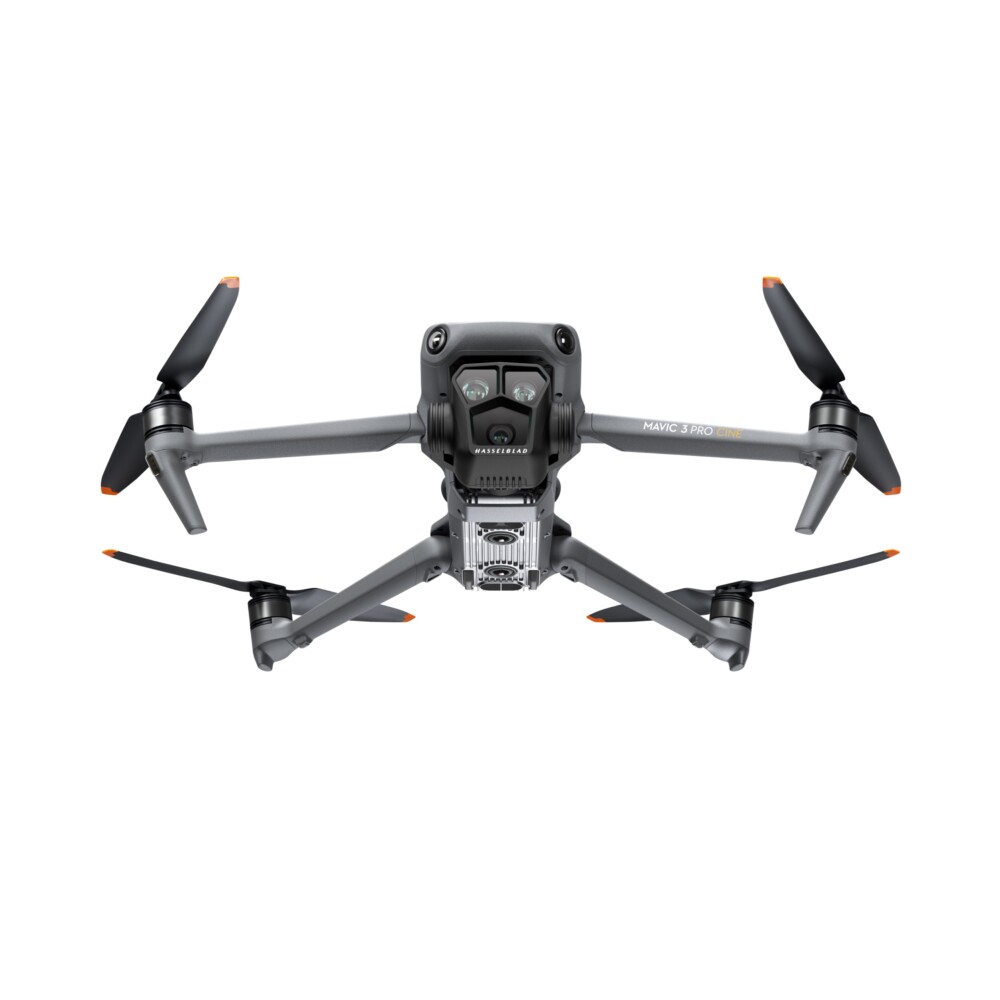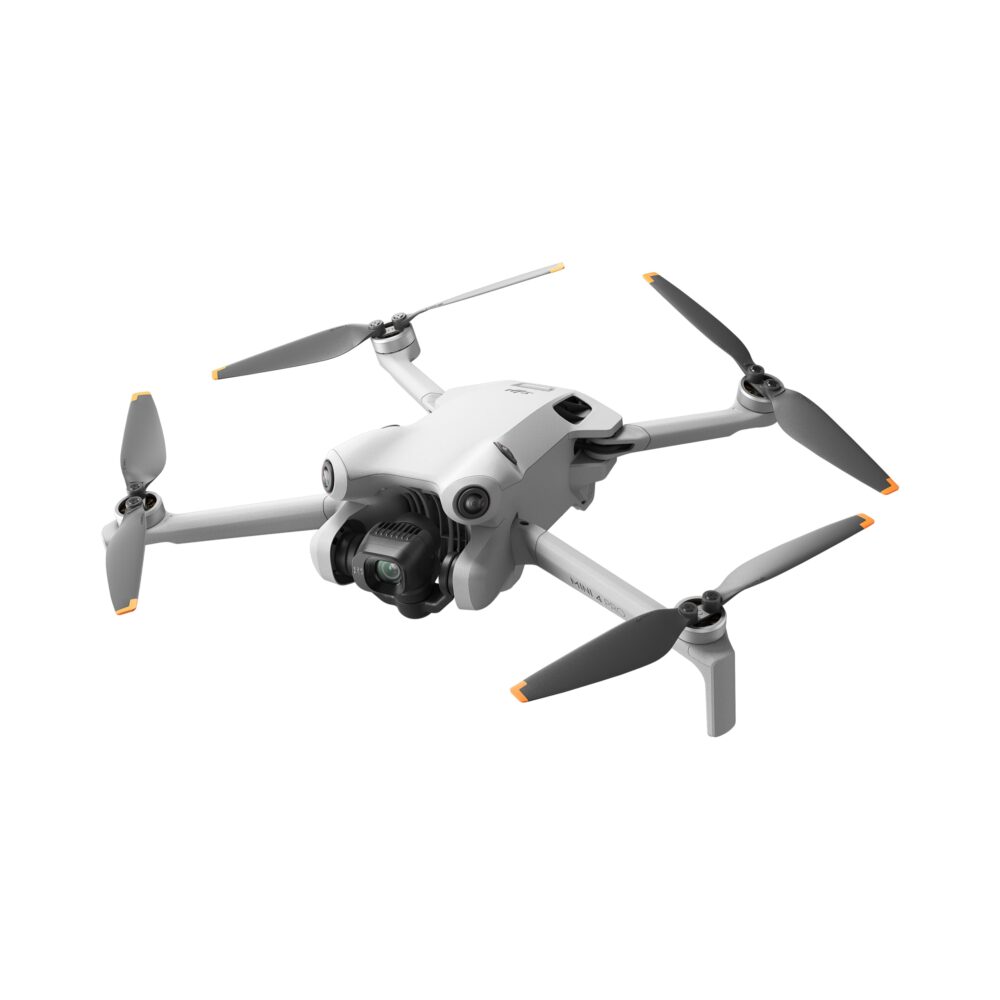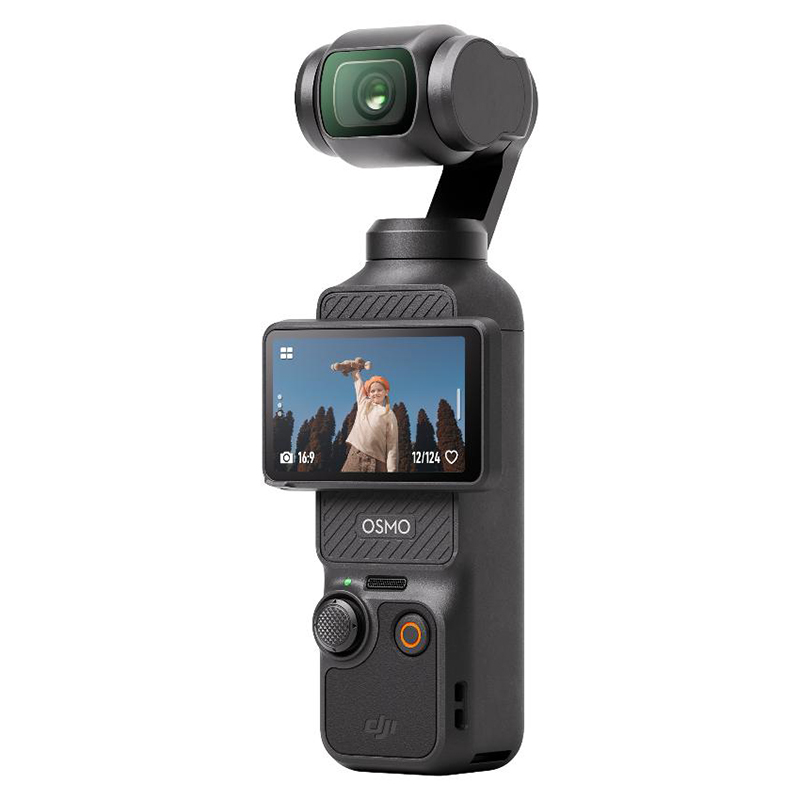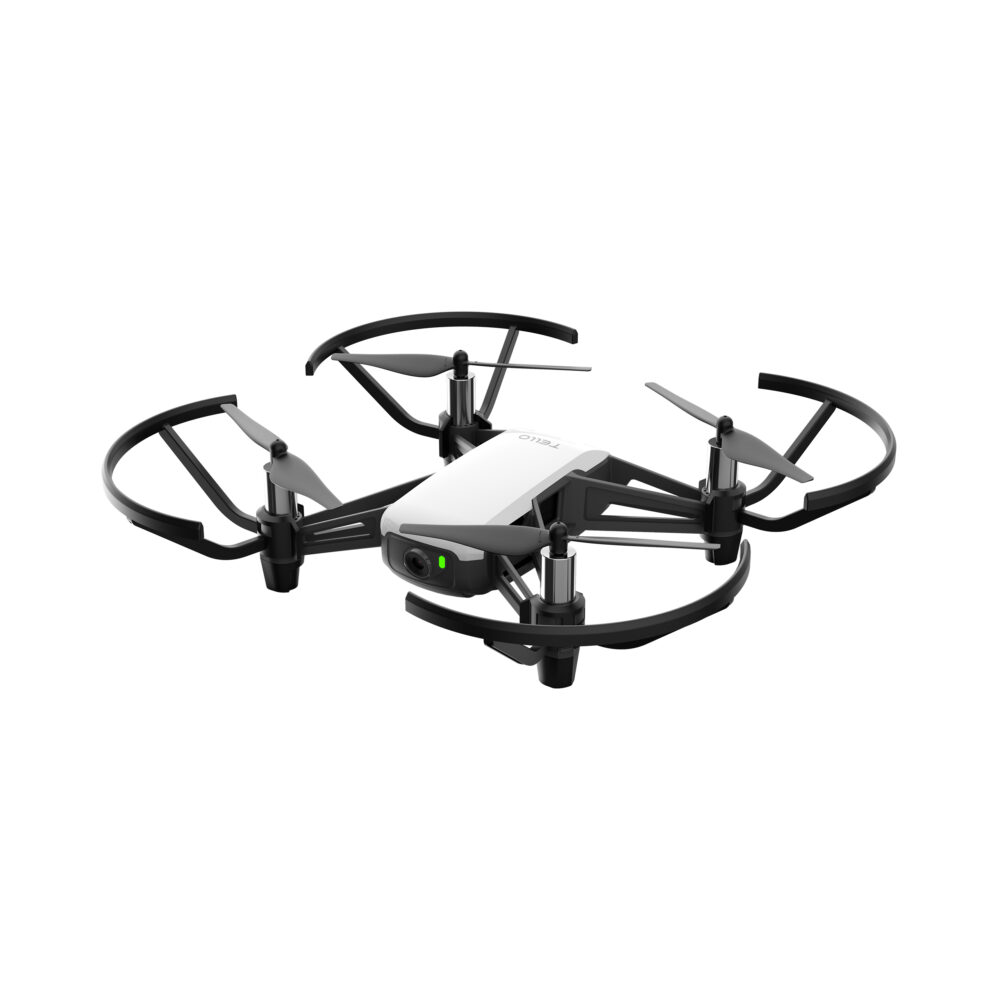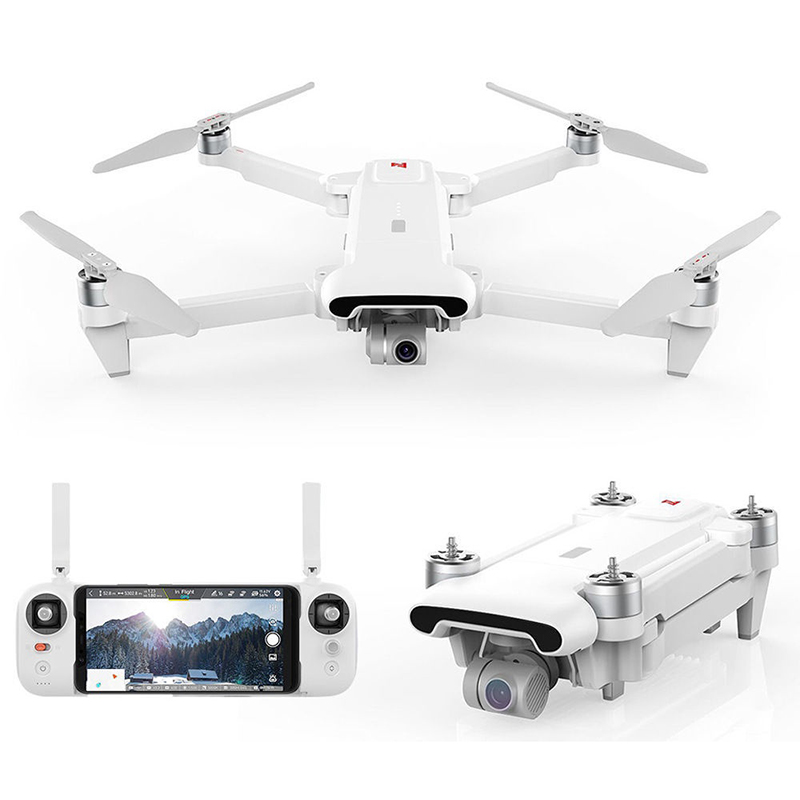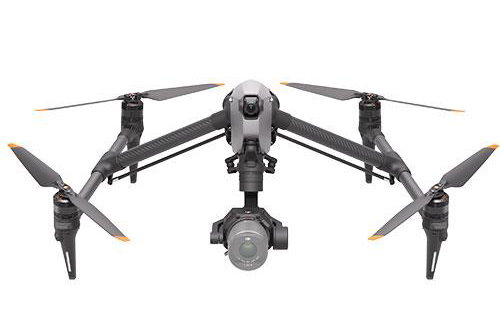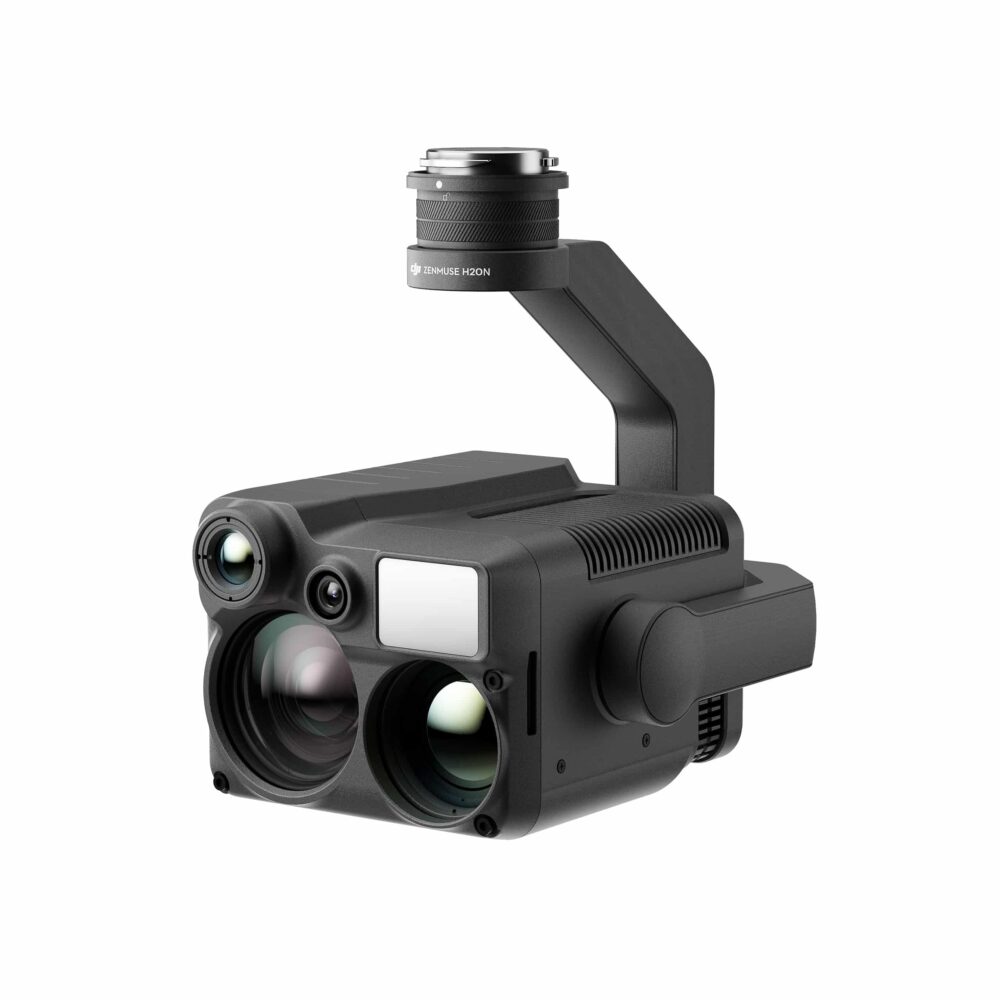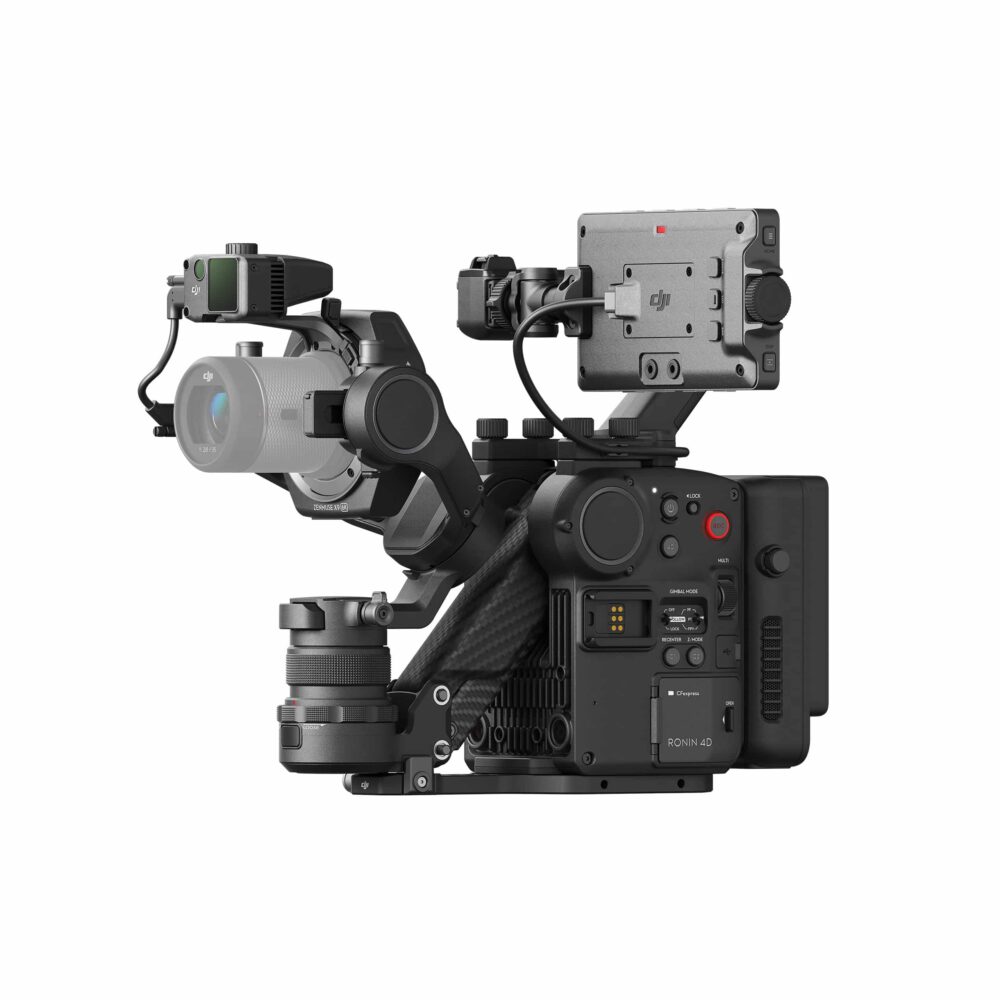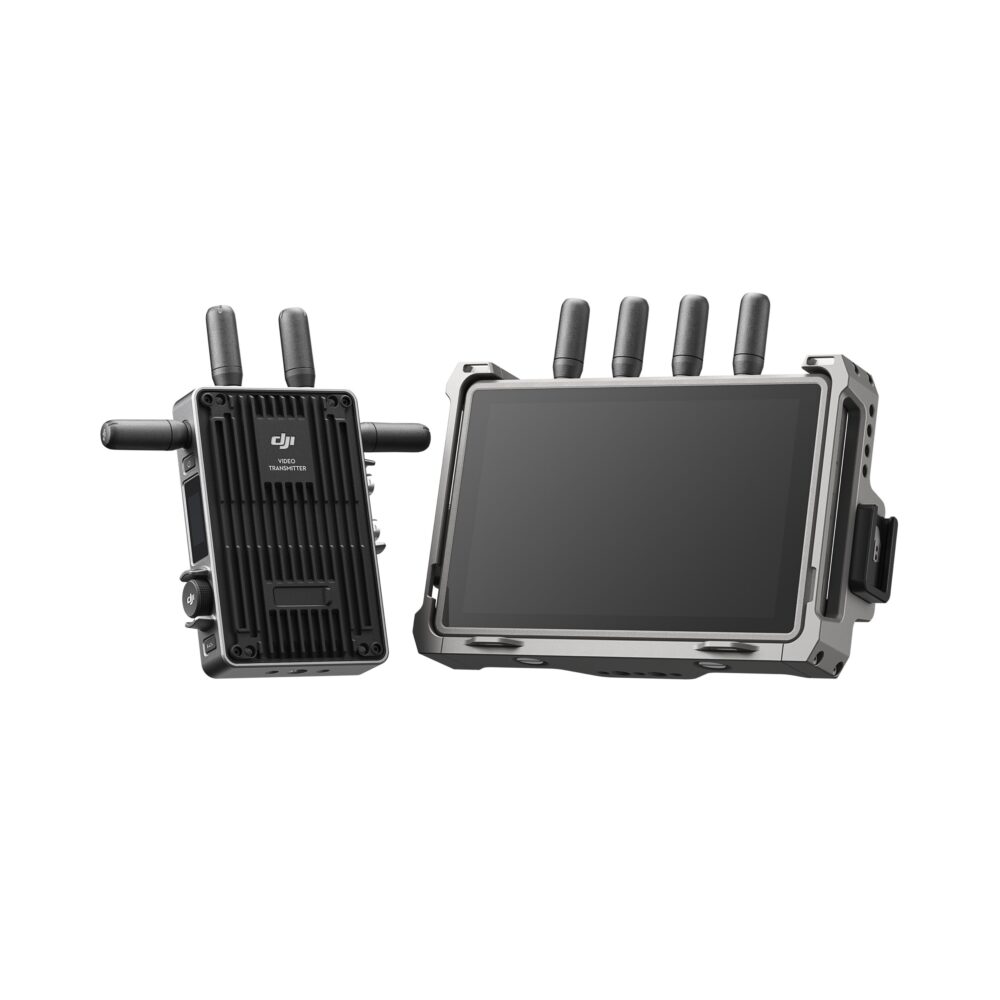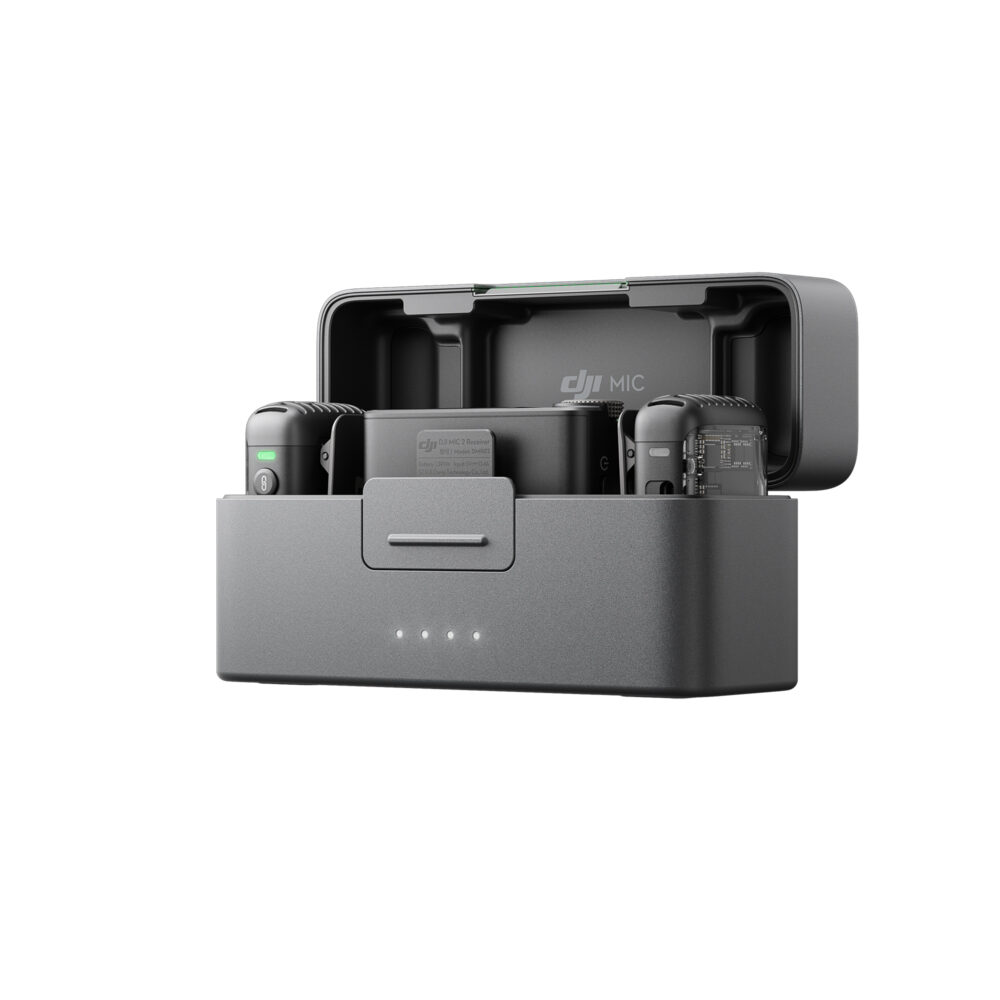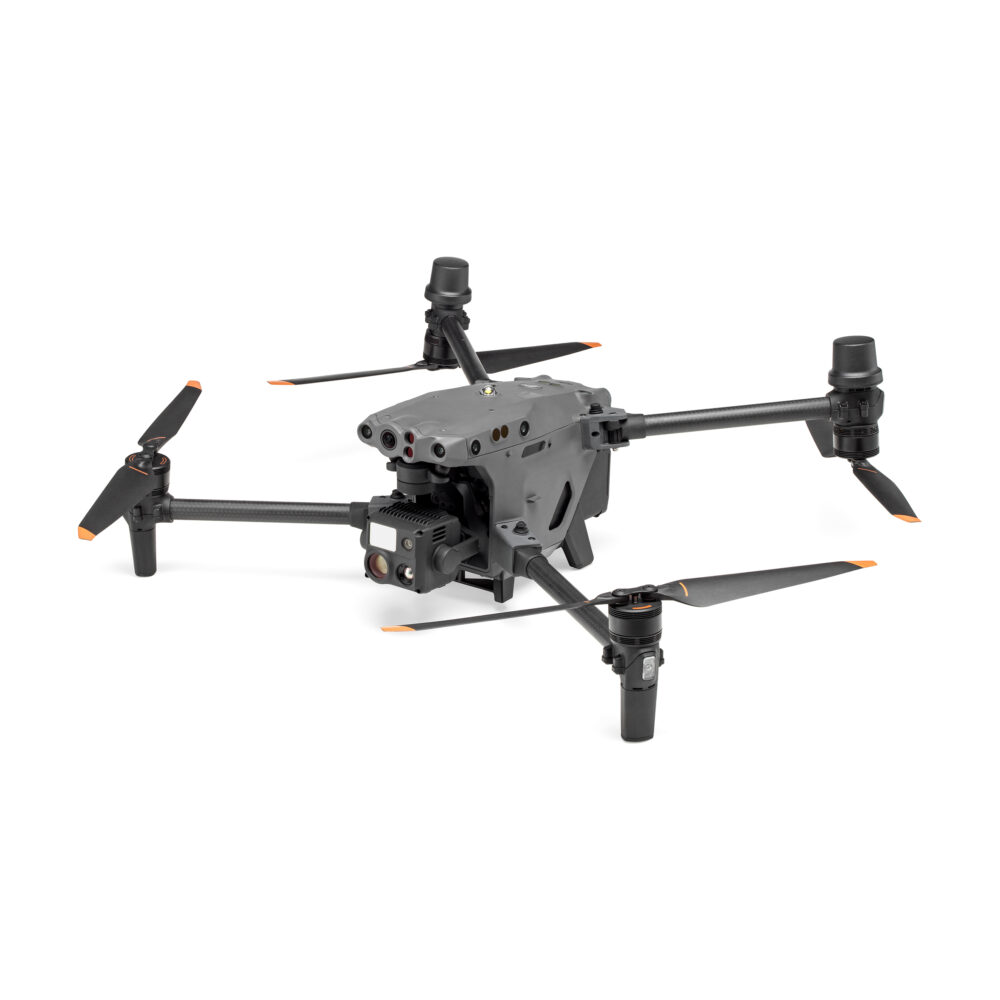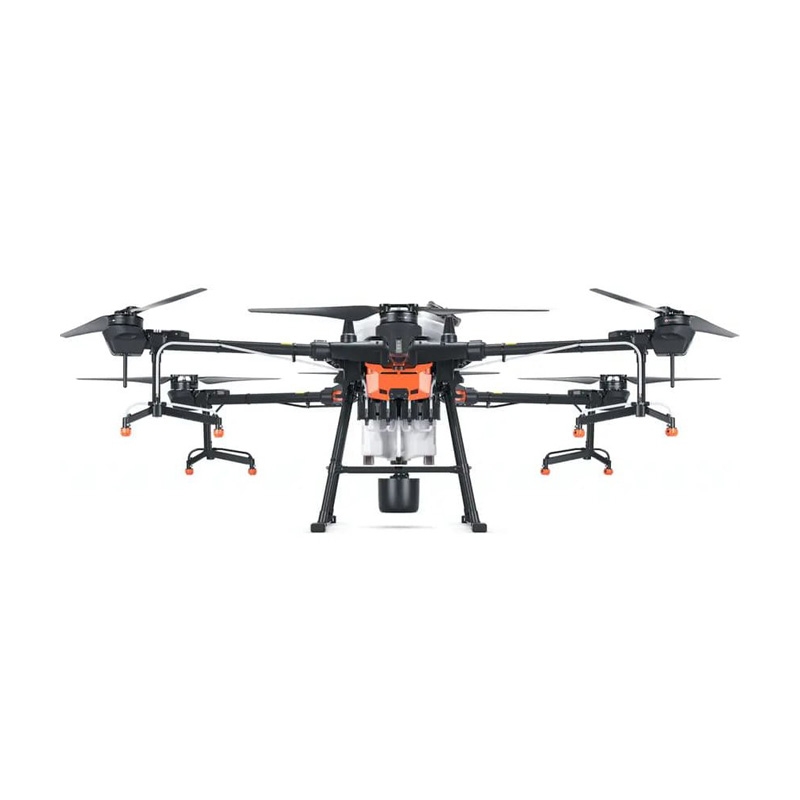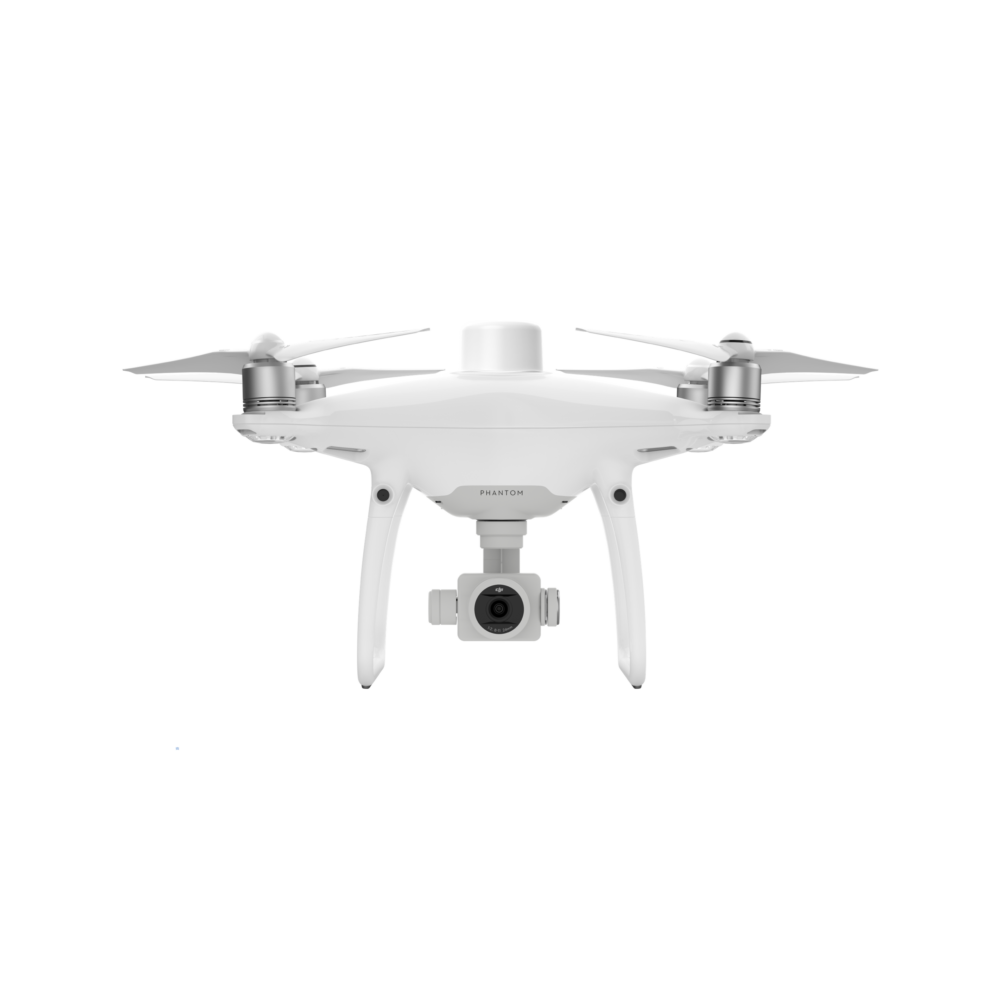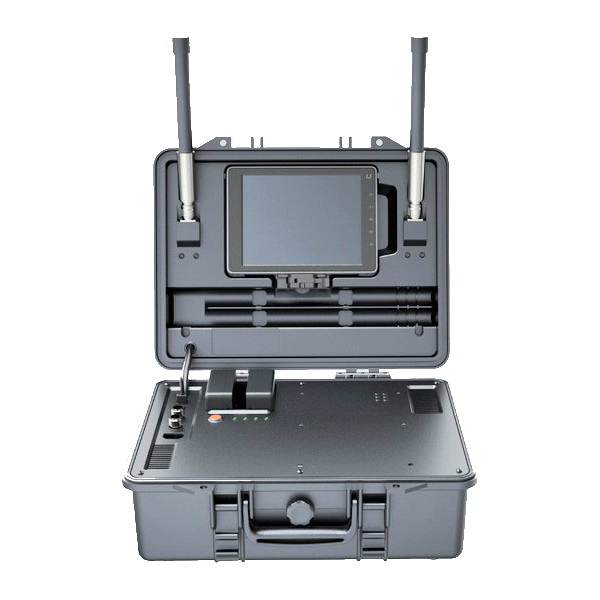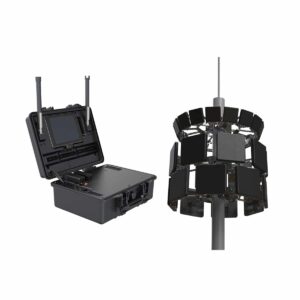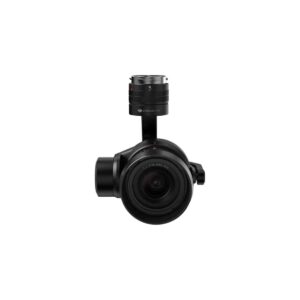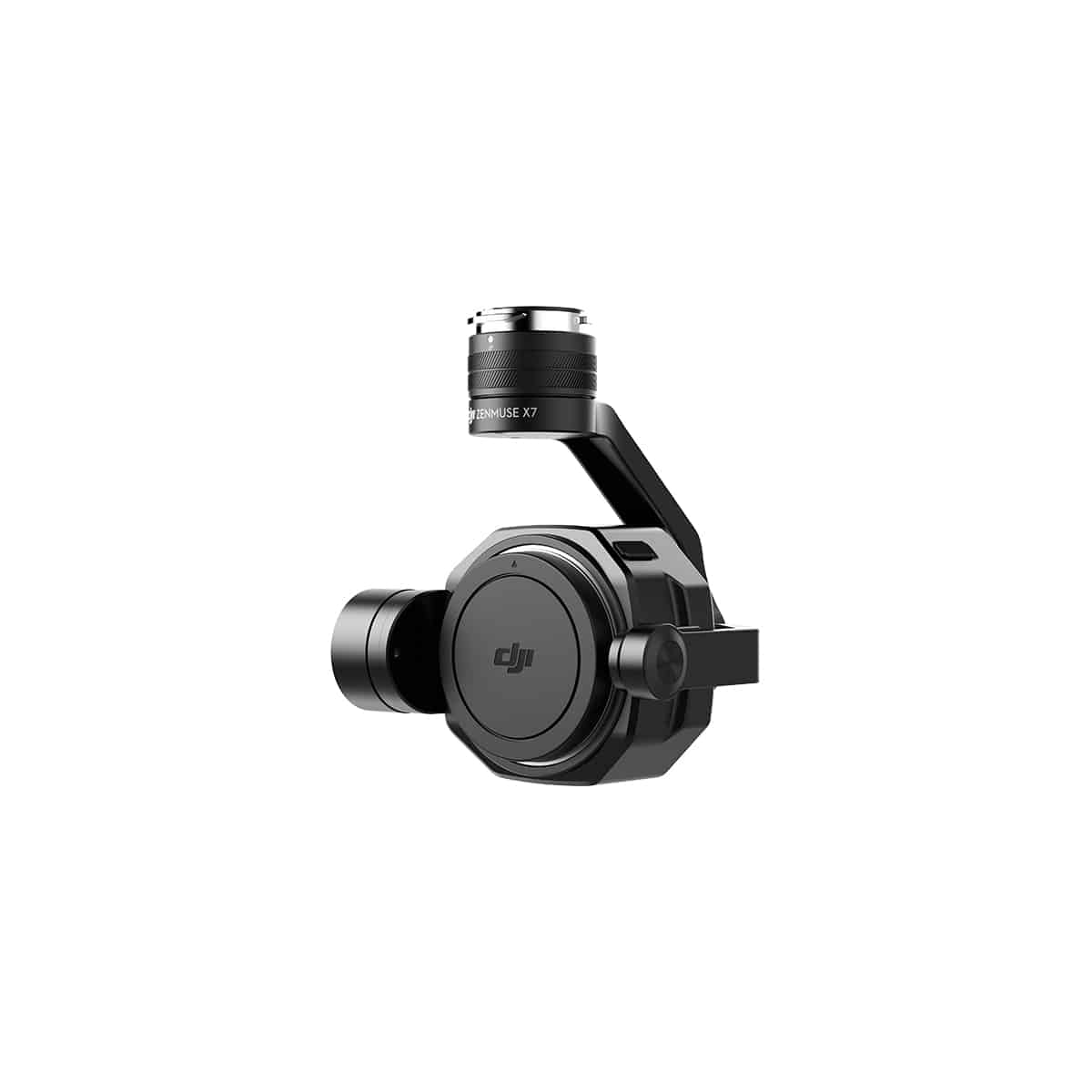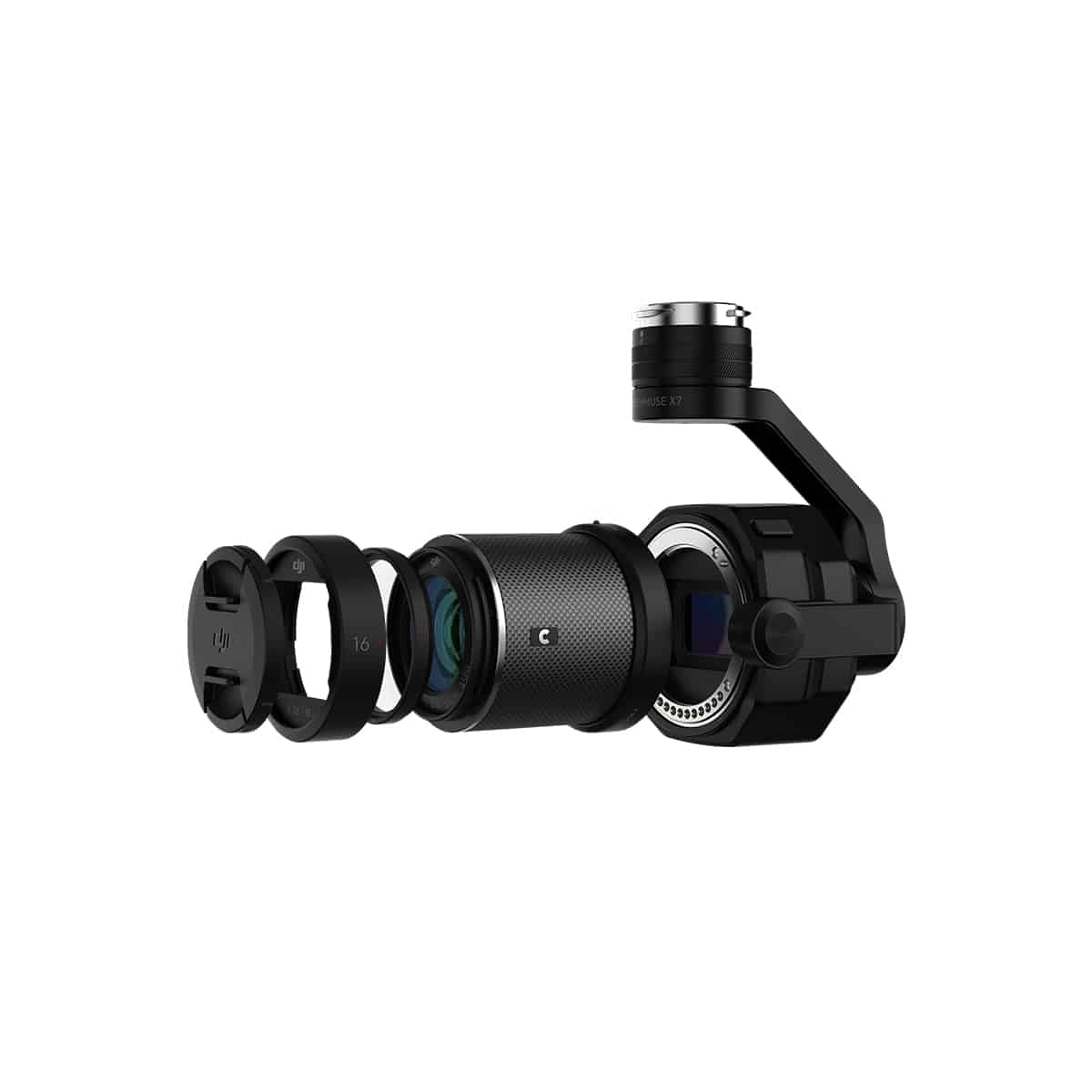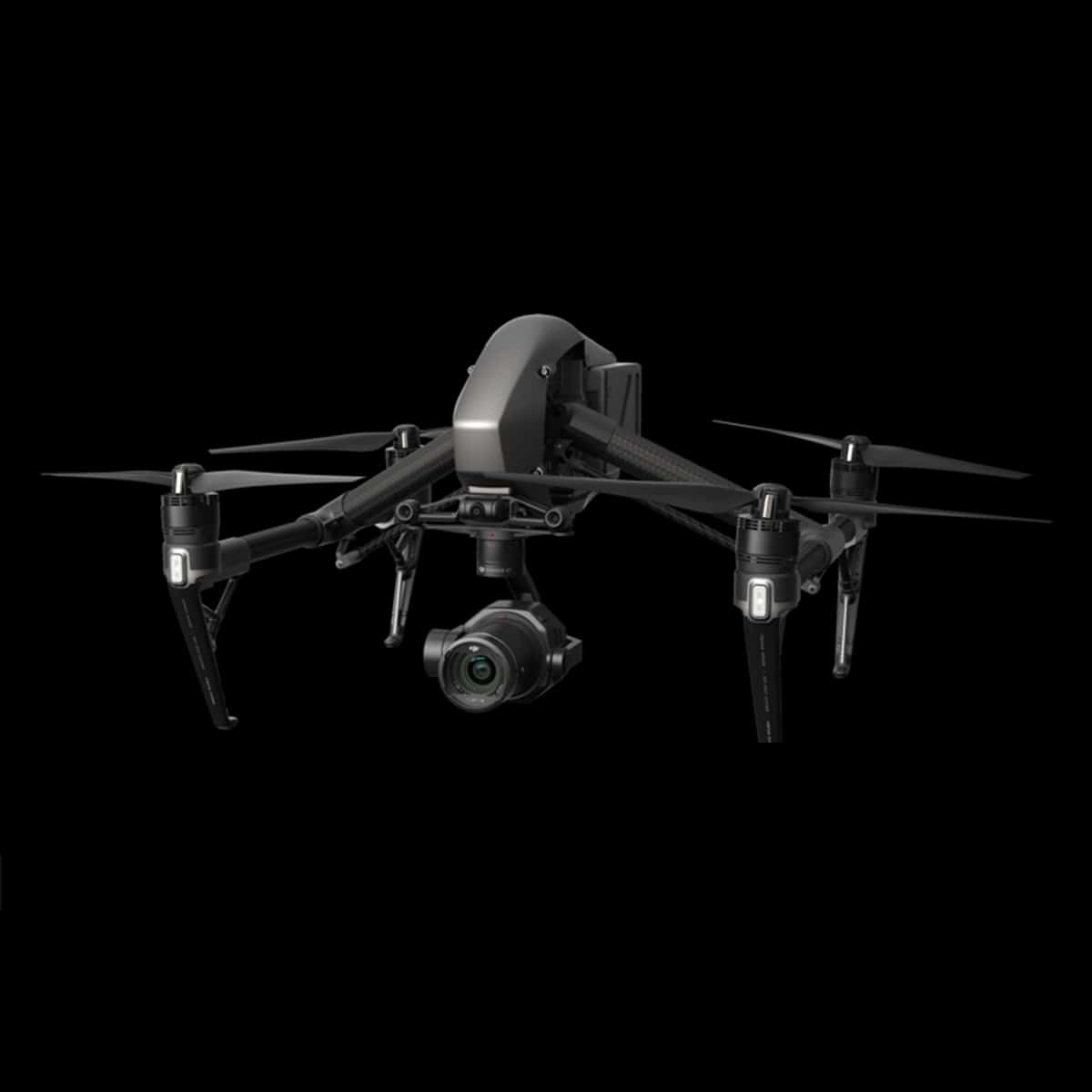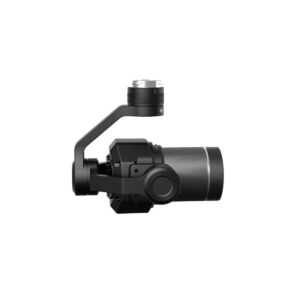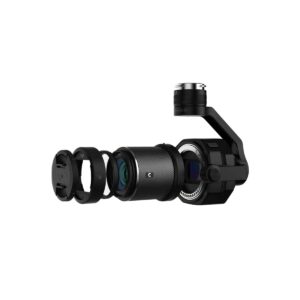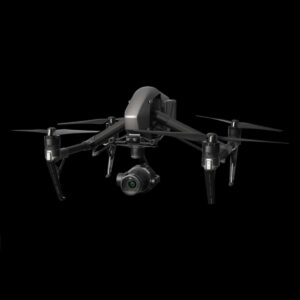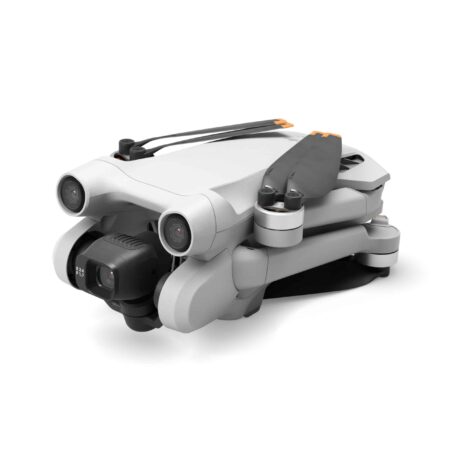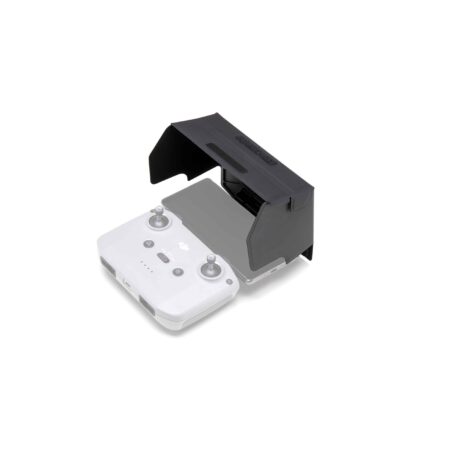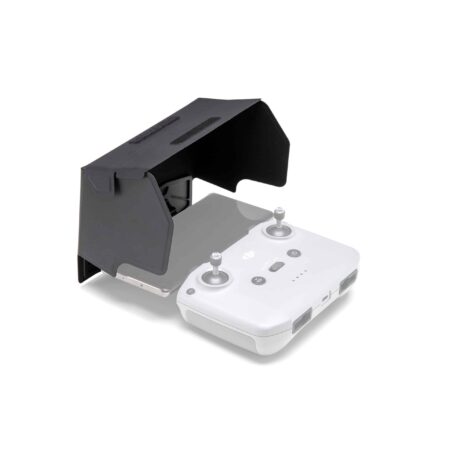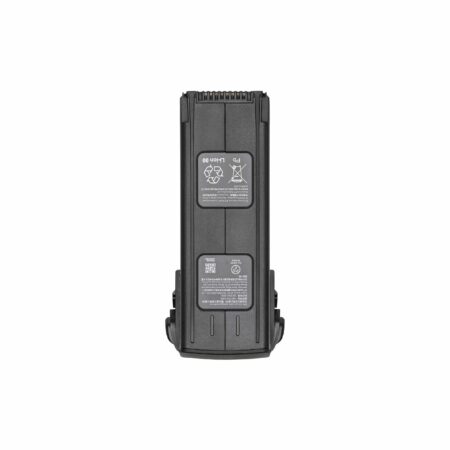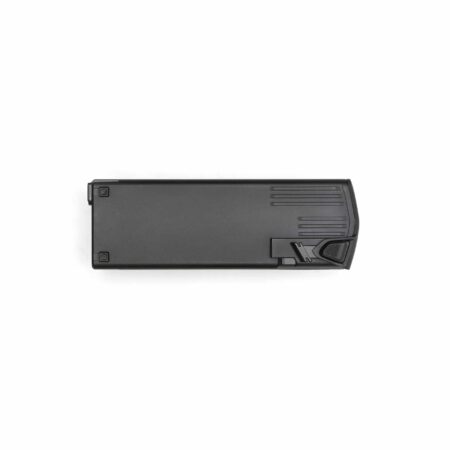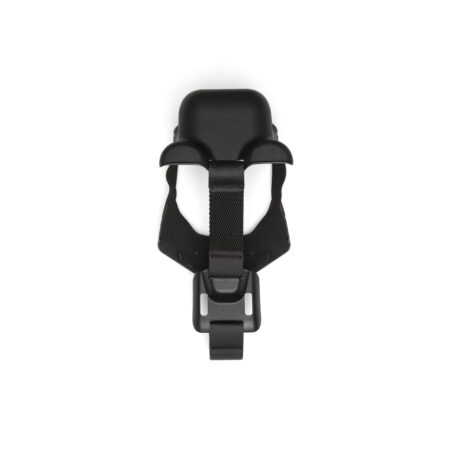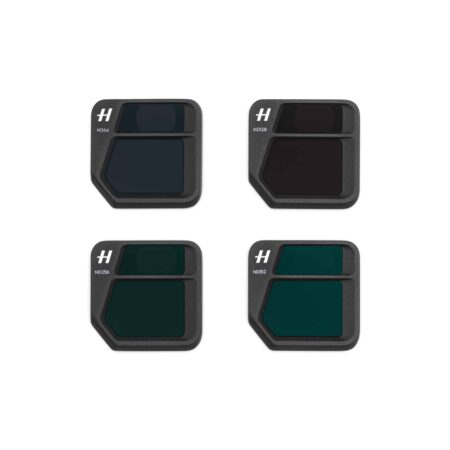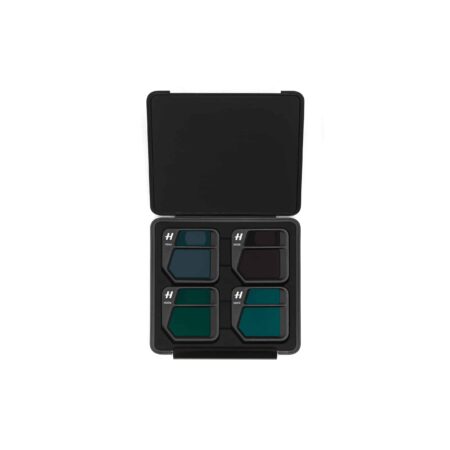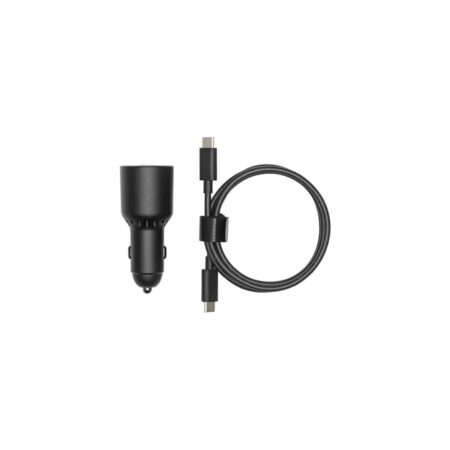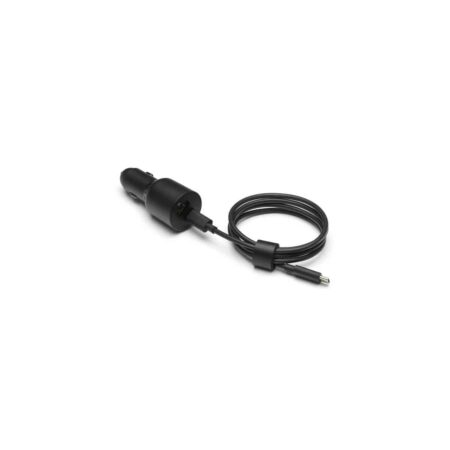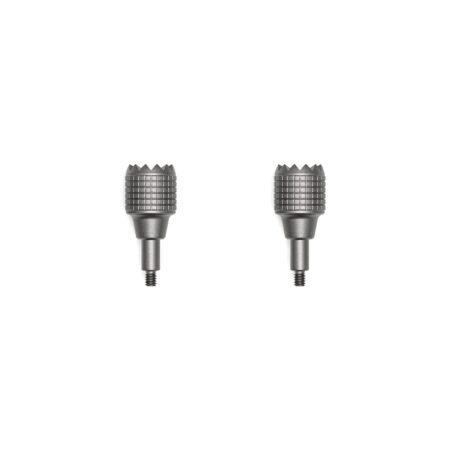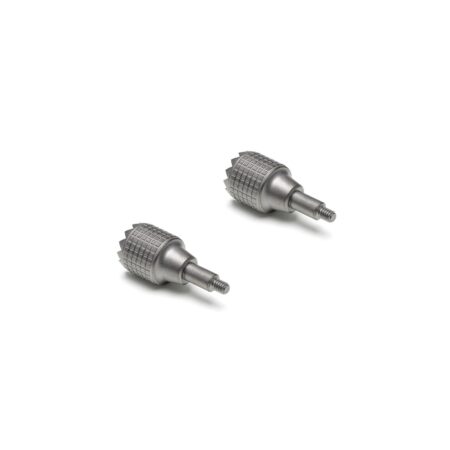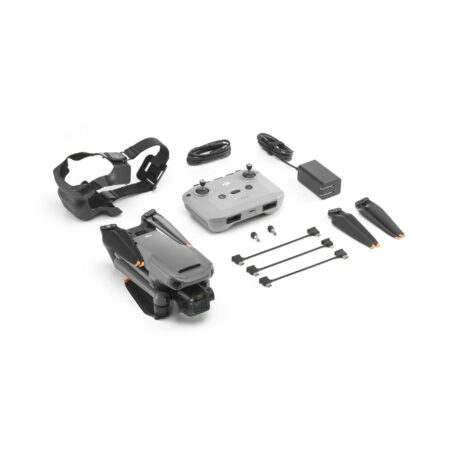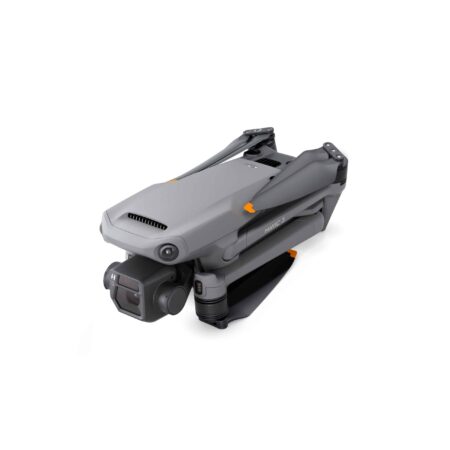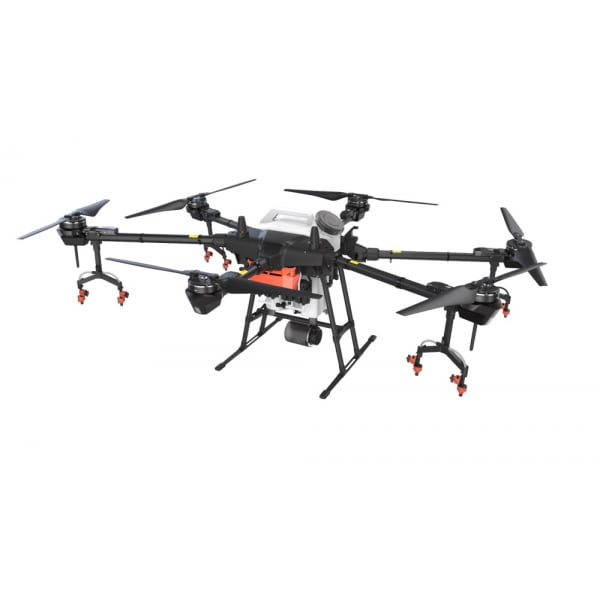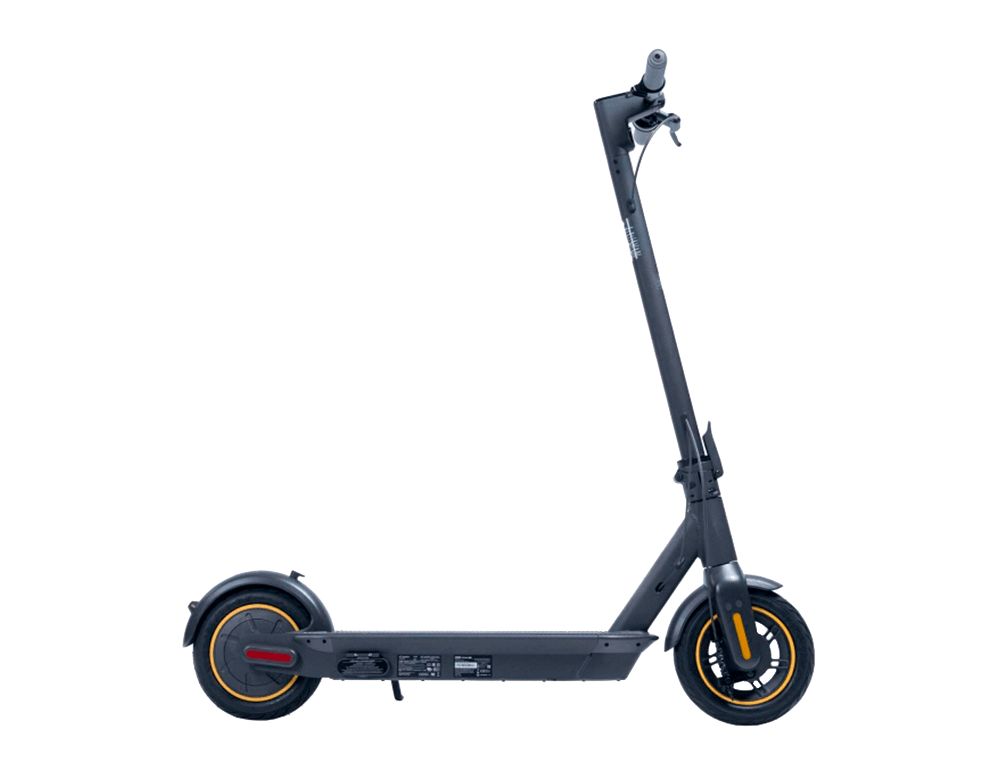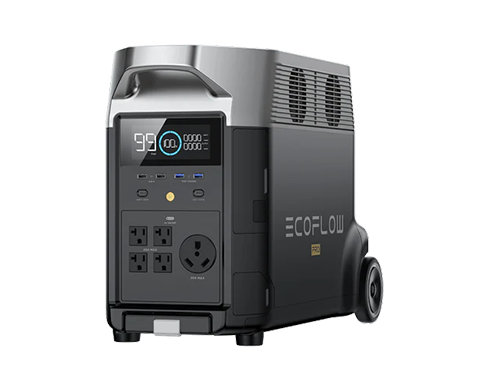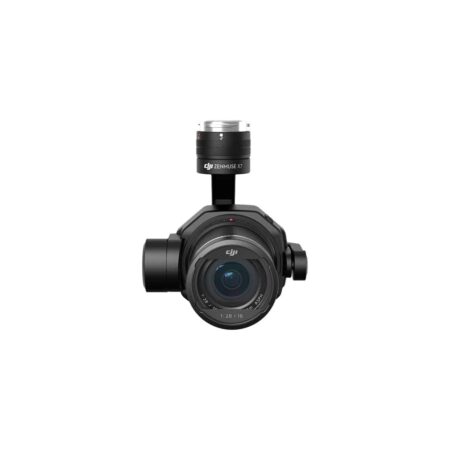
Zenmuse X7
CINEMATIC VISION RISING
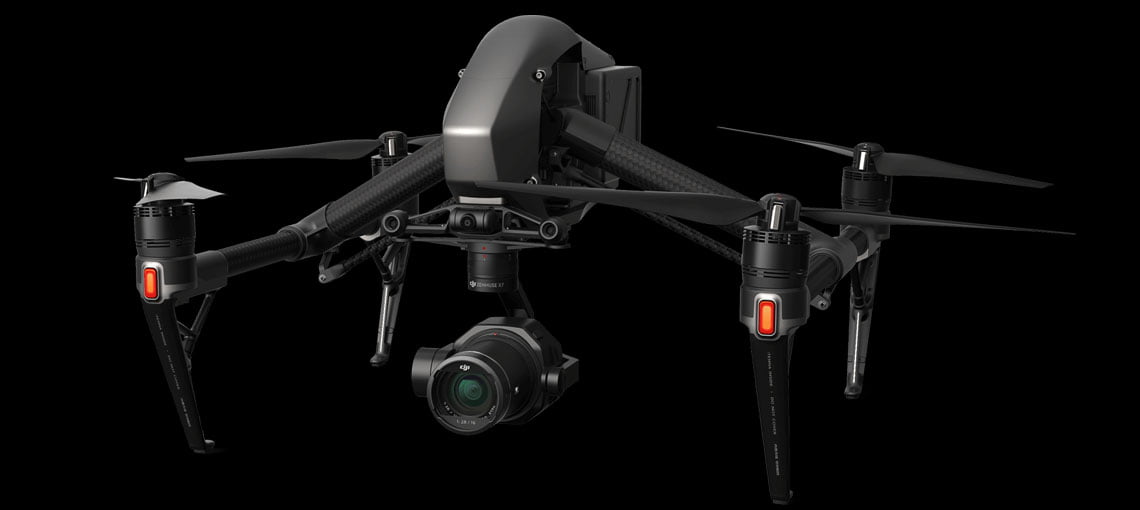
The Zenmuse X7 is a compact Super 35 camera with an integrated gimbal made for high-end filmmaking that delivers stunning resolution and image quality. Its compatibility with the Inspire 2 offers the best in next-level professional aerial cinematography. A 24 MP CMOS sensor rated at 14 stops of dynamic range preserves astonishing detail and offers both 6K CinemaDNG and 5.2K Apple ProRes* with support for continuous RAW burst shooting at 20 fps and 24 MP stills. The X7 also introduces the DL-Mount, the world’s first integrated aerial lens mount that allows switching between four available prime lenses quickly. For seamless editing, a new DJI Cinema Color System preserves accurate colors for easier post-processing. These latest innovations allow filmmakers to reach new heights and capture scenes as they imagine them with the DJI Zenmuse X7.
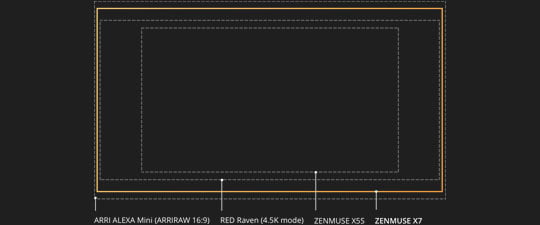
Engineered for Excellence
The X7 uses a Super 35 sensor, and its high readout speed supports RAW output at 6K/30 fps and 3.9K/59.94 fps. The pixel size reaches 3.91 µm and the diagonal length of the sensor is 26.6 mm when recording. A sensor this size offers a higher sensitivity to light and 14 stops of dynamic range — much wider than the 12.8 stops featured on the Zenmuse X5S. Furthermore, the SNR of the X7 is 46 dB, 8 dB higher than the X5S, and the tonal range is as high as 9.41 bits. All of these features offer unlimited creative options for a better workflow in the most demanding situations on set.

DJI DL-Mount System
Taking advantage of new FSI-Cu technology, the X7’s sensor features thinner interconnection, allowing light to reach the sensing area via a larger incident angle for increased photosensitivity. This enables a more compact lens mount to be used on this sensor while maintaining excellent image quality. The flange focal distance of the DL-Mount is less than 17 mm – roughly 1/3 of the size of a PL-Mount. Such a compact mount means that the X7 weighs only about 630 g with a lens included. Together, the X7 and Inspire 2 weigh around just 4 kg with the ability to capture the same challenging shots as more heavy-duty setups weighing up to 40 kg.
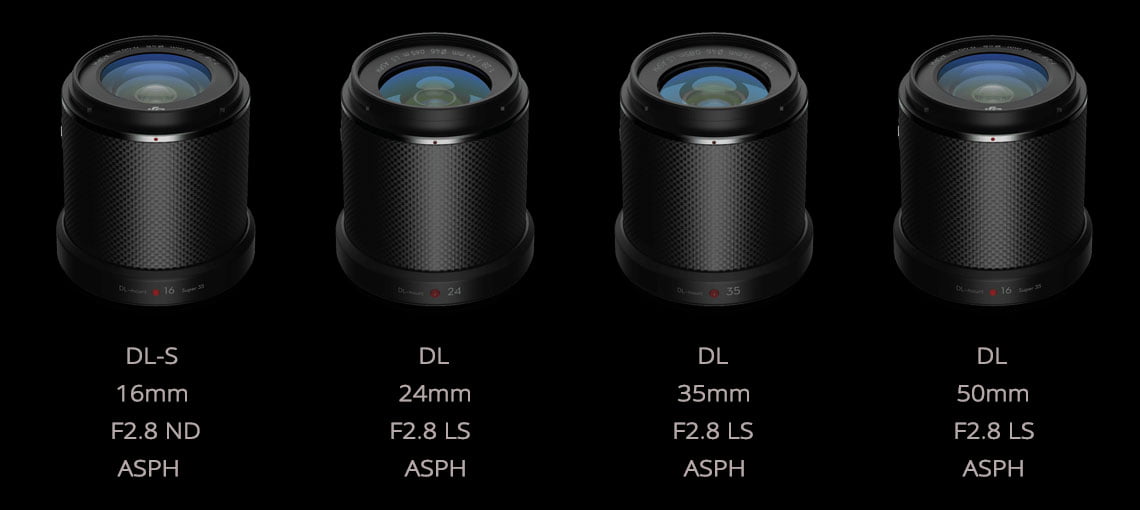
DL Prime Lenses
DJI offers four prime lenses for the DL-Mount system, with focal lengths ranging from 16-50 mm and resolutions of up to 8K. Made of lightweight carbon fiber and designed by world-leading optics teams, the four lenses have been embedded with advanced technologies crafted specifically for the X7’s high-end image sensor.
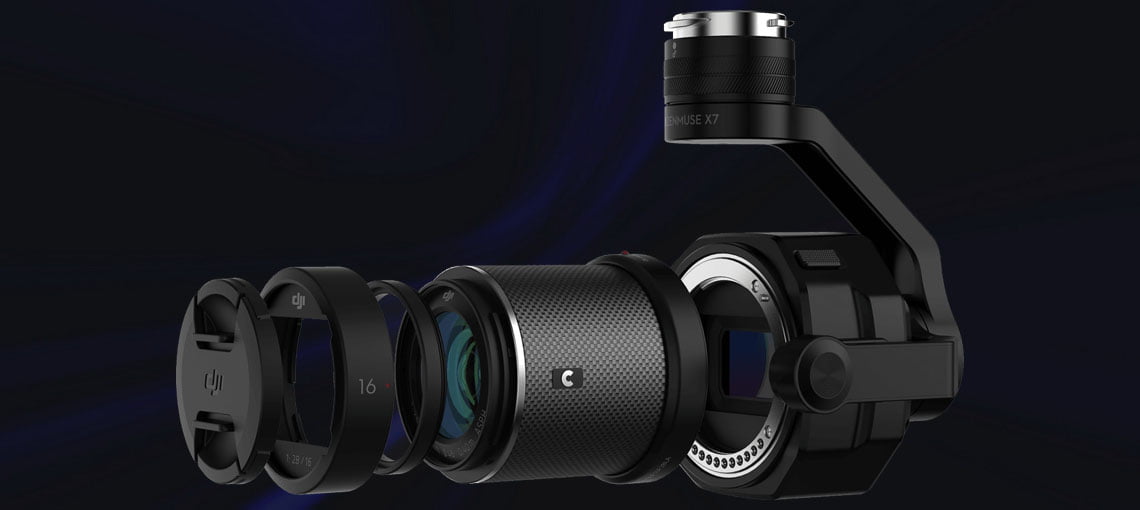
More Creative Flexibility
To unleash the X7’s full potential, the CineCore image processing system on the Inspire 2 has been fully upgraded to CineCore 2.1. It is capable of recording 6K/30fps CinemaDNG and 5.2K/30fps Apple ProRes, leaving more creative options in post-production. A brand new EI Mode has been integrated into CineCore 2.1, which can record high-quality footage at various levels of sensitivity. Additionally, the upgraded image processing system further reduces image artifacts and noise, preserving more details while adopting an improved dark level correction system for pro-level cinematic images. Apart from improved image processing performance, CineCore 2.1 also features a new color system, giving professional filmmakers more creative flexibility in post-production.
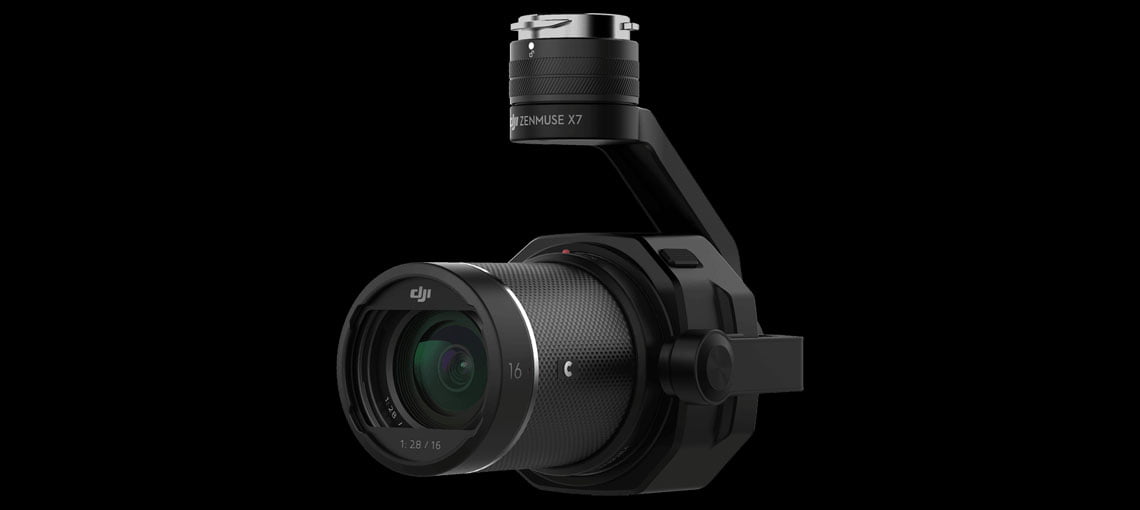
A Game Changer from Shoot to Finish
To unlock the wide-ranging possibilities of DJI professional imaging systems and open more room for post-processing aerial photography in filmmaking, DJI is proud to introduce the brand new DJI Cinema Color System.
The new color system consists of a new D-Log curve and a D-Gamut RGB color space. With professional cinematography in mind, the D-Log can encode 15 stops of dynamic range, two stops higher than the CineCore 2.0. Even in poor light conditions, the X7 can still preserve stunning detail in shadows and highlights, leaving more room for post-production creativity.
D-Gamut covers the entire DCI-P3 color space commonly used in filmmaking. Tailored for aerial cinematography and stills photography, D-Gamut provides larger green tone coverage, delivering beautiful green gradation for your shoots.
D-Gamut also offers optimized skin tone adjustment by moving these tones to their most suitable chromaticity, ensuring vivid colors are reflected from every inch of skin. By applying the dedicated 3D-LUT in color grading, skin tones will softly transition, even with wide exposure differences. When designing D-Gamut, we considered manual color grading, preventing skin tones from turning yellow when editing without 3D-LUT or color management.

Extended Dynamic Range
Wider dynamic range under similar settings.
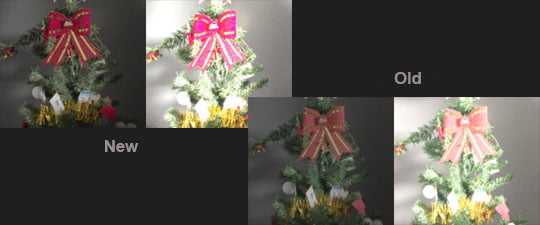
Natural Highlight Roll Off
When adjusting image brightness during color grading, colors will fade out simultaneously with brightness.
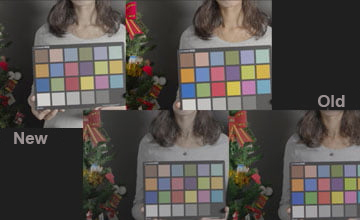
Balanced Color: Easier Grading
Saturation on R/G/B color is carefully balanced.
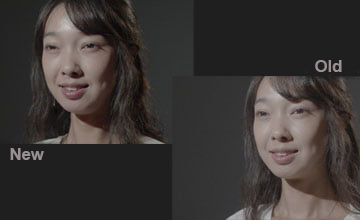
Soft Skin Tones
Softer skin tones leave more room for post-editing.
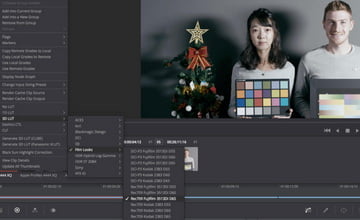
More Creative Possibilities
In addition to official LUTs from DJI, many widely-available LUTs can also be used.


